The Palace of the Popes is a historic building located in the city of Avignon in the south of France. Also known as the Papal Palace, this building was used as the center of the Papal office in the 14th century. Avignon was chosen as the residence of the Papal office between 1309-1377 and the Papal Palace was built during this period. The building was constructed in the Gothic architectural style and covers a large area. Inside the palace, there are many rooms, halls, churches, and gardens. The Palace of the Popes is an important structure both historically and architecturally and is frequently visited by tourists today.
The Papal Palace in Avignon: Historical and Architectural Features
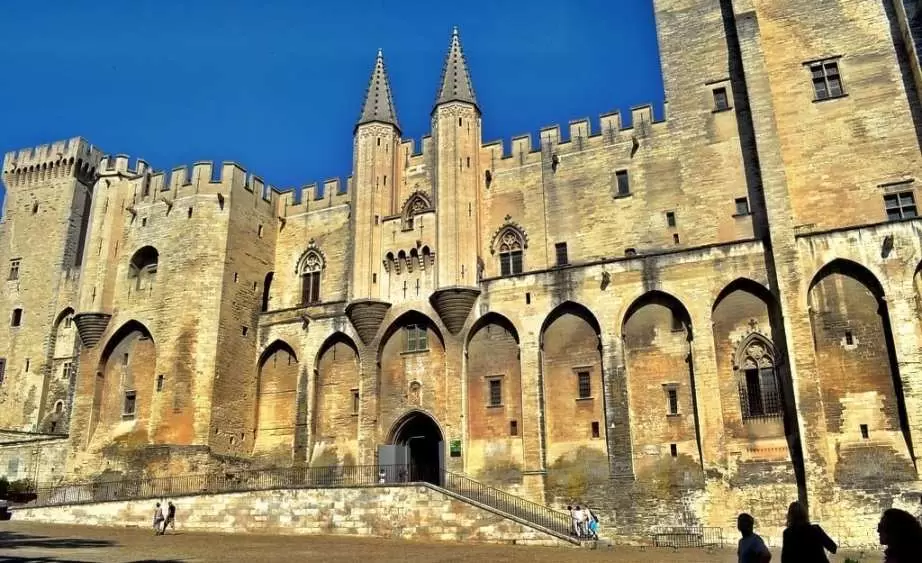
Avignon is a city located in the south of France. The city is famous for its historical and cultural heritage. One of the most important structures of this heritage is the Papal Palace. The Papal Palace was built by Pope VI. Clement in the 14th century. The palace is the largest structure in Avignon and stands out with its historical and architectural features.
The Papal Palace was built in the Gothic architectural style. The exterior of the palace was made using limestone and brick materials. The interior of the palace is quite spacious and airy. The rooms inside the palace are decorated with frescoes. In addition, the chapel inside the palace has an impressive structure.
The Papal Palace is also historically significant. In the 14th century, the Papal Palace was the Papal center in Avignon. Therefore, the palace is also important for the history of the Catholic Church. The palace is also one of the most important tourist attractions in Avignon. Thousands of tourists visit the Papal Palace every year.
The Papal Palace is one of the most important structures in Avignon. The palace stands out with its historical and architectural features. In addition, the palace is also significant historically. The Papal Palace is one of the most important tourist attractions in Avignon. The palace offers visitors a historical and cultural experience.
The Palace of the Popes: Cultural and Historical Importance of the Papal Palace
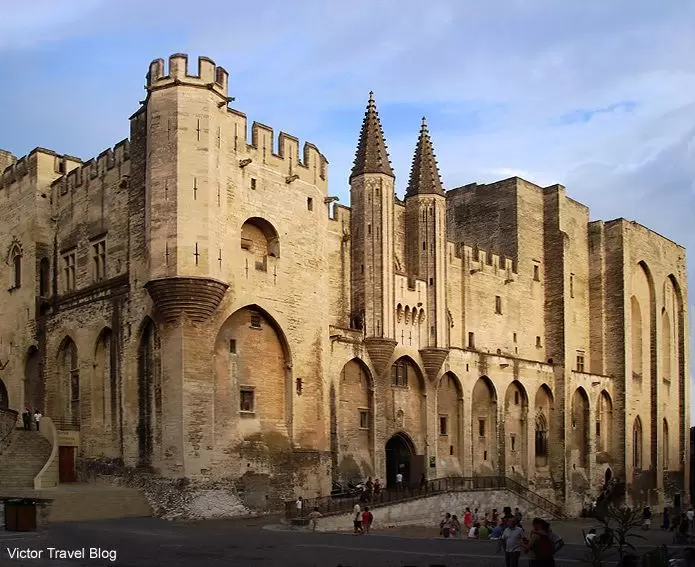
The Palace of the Popes, also known as the Papal Palace, is a historic building located in the city of Avignon in the south of France. Built in the 14th century, this palace was used as the residence of the Popes during the 70 years that the Papal See was located in Avignon. Therefore, the Palace of the Popes is one of the most important historical buildings in Avignon.
The architecture of the Palace of the Popes is built in the Gothic style and has a very impressive appearance. Inside the palace, there are rooms where the Popes lived, churches, halls, and gardens. In addition, the walls and towers surrounding the palace also attract visitors' attention.
The cultural and historical importance of the Palace of the Popes is not limited to its architecture and historical value. During the period when the Papal See was located in Avignon, the palace became an important cultural and artistic center in Europe. Under the protection of the Popes, many artists and writers worked in Avignon, and many important works were produced during this period.
Today, the Palace of the Popes is one of the most visited places by tourists. The palace was declared a World Heritage Site by UNESCO in 1995. Visitors can choose from many different tours and activities to discover the historical and cultural importance of the palace.
In conclusion, the Palace of the Popes is one of the most important historical buildings in Avignon. During the period when the Papal See was located in Avignon, the palace became an important cultural and artistic center in Europe. Today, the Palace of the Popes, which is one of the most visited places by tourists, continues to impress visitors with its historical and cultural importance.
The Papal Palace in Avignon: The Political and Religious Center of Medieval Europe
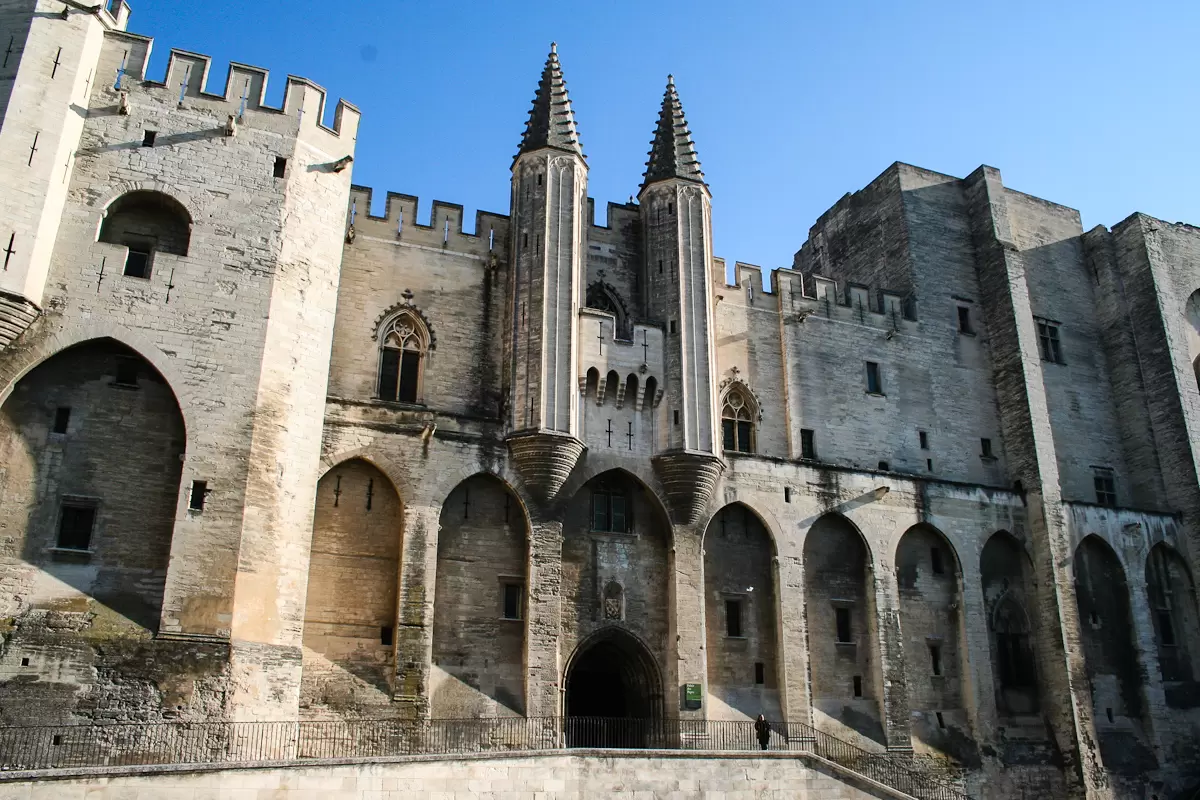
Avignon is a historic city located on the banks of the Rhone River in the south of France. In medieval Europe, the Avignon Papal Palace played an important role as a political and religious center. In the 14th century, the Papal Palace was built by Pope Clement V and served as the center of the Papal office from 1309 to 1377.
The Avignon Papal Palace was built in the Gothic architectural style and designed as a large complex. Inside the palace, there are churches, libraries, offices, residences, and gardens. One of the most important parts of the palace was the large hall where the Pope's official ceremonies were held. This hall was 60 meters long and 13 meters wide and was completed in 1350.
The Avignon Papal Palace played an important role as a political and religious center in medieval Europe. After the Papal office moved to Avignon, it strengthened its relations with other countries in Europe and increased the power of the Catholic Church. The palace also became a center of art and culture. Popes hosted artists and writers in the palace, and Avignon became one of the most important cultural centers of medieval Europe.
Today, the Avignon Papal Palace is listed as a UNESCO World Heritage Site and is visited by tourists. The palace is an important structure that sheds light on the political and religious history of medieval Europe.
The Palace of the Popes: Restoration and Preservation of the Papal Palace
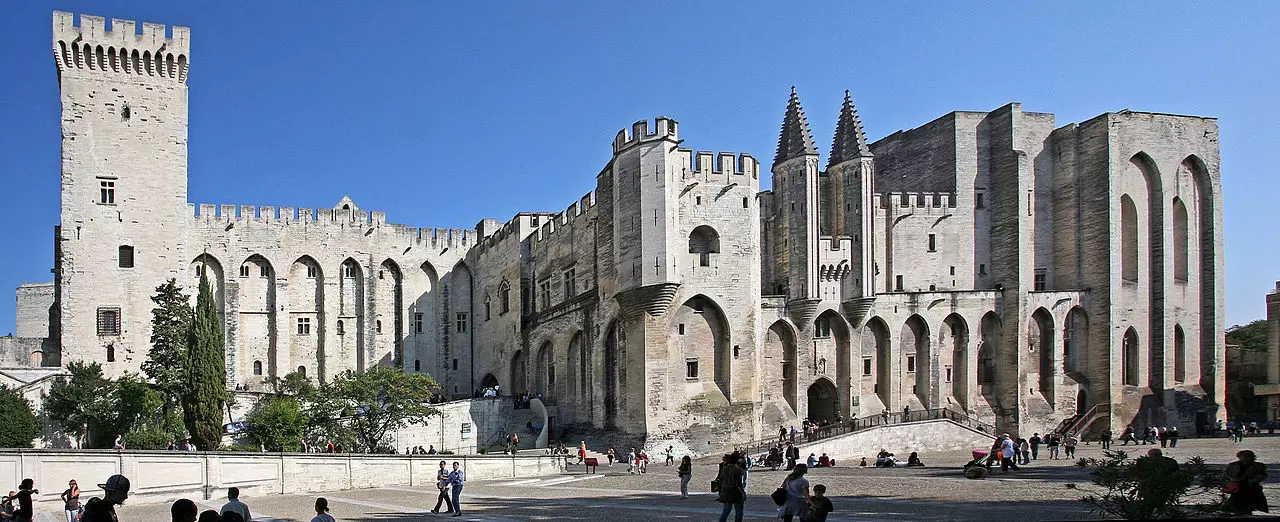
The Palace of the Popes is a historic building located in the city of Avignon in the south of France. Also known as the Papal Palace, this building was built by Pope VI. Clement in the 14th century. At that time, Avignon was the center of the Papal See, and therefore the Palais des Papes was used as a Papal Palace.
The Palace of the Popes is of great historical and architectural importance. The building is one of the finest examples of Gothic architecture and is one of the most important parts of Avignon's historical fabric. However, over time, the building has suffered various damages. Therefore, the restoration and preservation of the Palais des Papes is of great importance.
Restoration work has been ongoing since the beginning of the 20th century. Many parts of the building, such as the roof, walls, and interior spaces, have been restored. During restoration work, it is also important to preserve the original architectural features without damaging the building.
The Palace of the Popes is listed on the UNESCO World Heritage List. Therefore, various measures are taken to protect and pass on the building to future generations. The building attracts the attention of tourists and is visited by thousands of tourists every year.
In conclusion, the restoration and preservation of the Palace of the Popes is of great importance for the preservation of our historical and cultural heritage. This building is not only an important part of French history but also an important part of world history and is a legacy that needs to be passed on to future generations. Therefore, investments and conservation efforts for the building must continue.
The Papal Palace in Avignon: Traces and Memories of Papal History
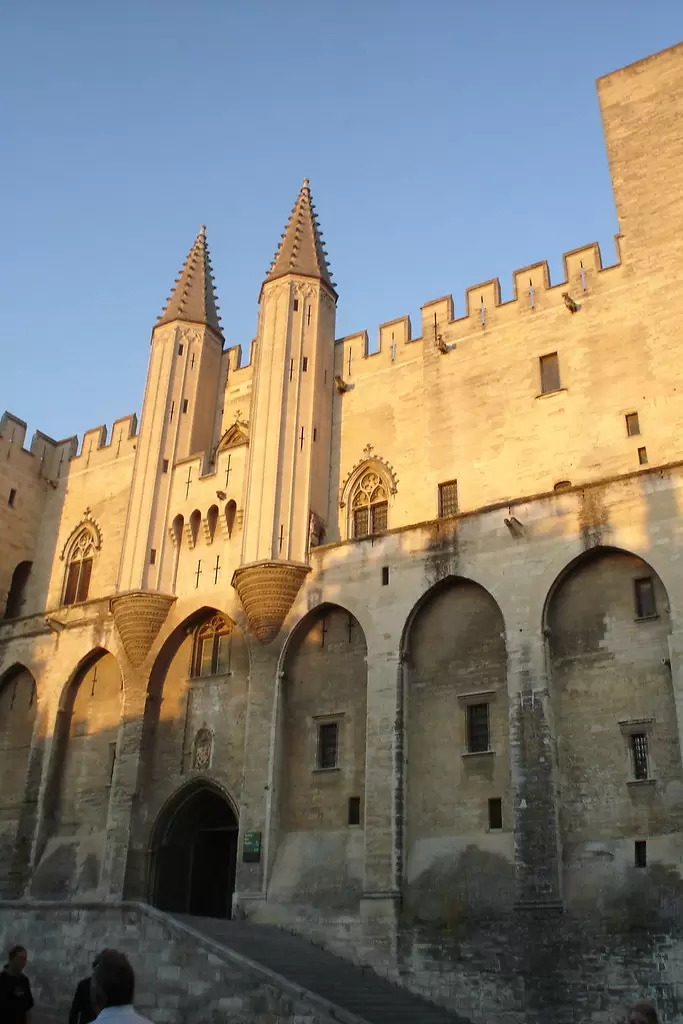
Avignon is a historic city located on the banks of the Rhone River in the south of France. The city experienced a significant turning point with the construction of the Papal Palace here in the 14th century. The Papal Palace was used as the center of the Papal office from 1309-1377.
The Papal Palace was built in the Gothic architectural style and is a very large complex. Inside the palace, there are rooms where the popes lived, churches, gardens, and other structures. One of the most important parts of the palace is the Papal Palace Hall, a large hall where popes held meetings and other official events.
The Papal Palace is one of the most important tourist attractions in Avignon. The museums inside the palace provide visitors with information about Papal history. Additionally, the palace gardens are very beautiful and provide visitors with a pleasant experience.
The Papal Palace carries the traces and memories of Papal history in Avignon. During the construction of the palace, the Papal office had moved from Rome to Avignon. This period is one of the most important periods in Papal history, and the Papal Palace is an important symbol of this period.
Today, the Papal Palace is considered an important resource for historians and researchers, as well as tourists. The museums and other historical structures inside the palace provide an important source for in-depth research on Papal history.
In conclusion, the Papal Palace in Avignon is an important historical structure that carries the traces and memories of Papal history. The palace is an important resource for tourists, historians, and researchers. Visitors to the Papal Palace can gain in-depth knowledge about Papal history and feel the traces of history up close.

Comments